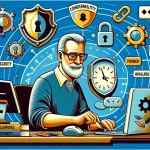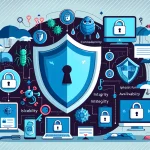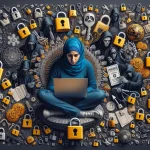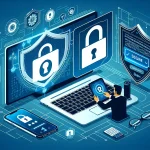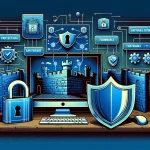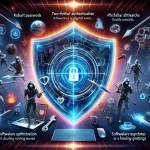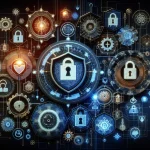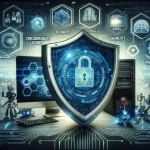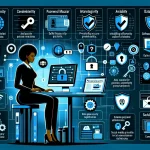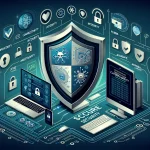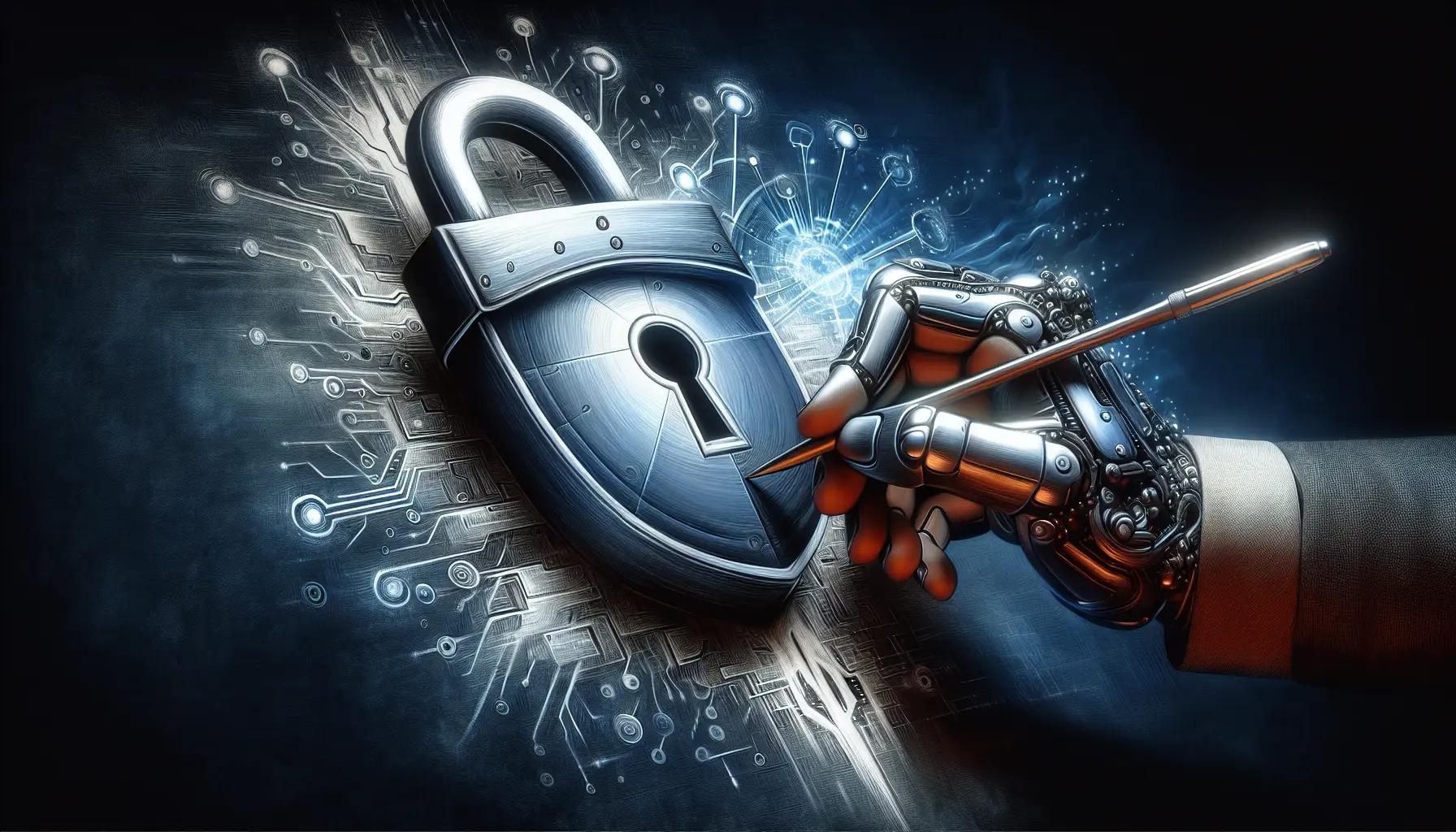
Estimated reading time: 8 minutes
Key Takeaways
- Understanding Cybersecurity: It's essential for protecting your digital life.
- Key Concepts: Familiarize yourself with threats, vulnerabilities, and risks.
- Security Steps: Implement strong passwords and multi-factor authentication.
- Tools: Use antivirus software, password managers, and VPNs for better security.
- Ongoing Practices: Regular updates and data protection are crucial.
Table of Contents
- Welcome to Cybersecurity Basics
- What is Cybersecurity?
- Key Cybersecurity Concepts You Should Know
- Essential Security Steps Everyone Should Take
- Practical Tools for Better Security
- Protecting Personal Information Online
- What to Do If You're Hacked
- Staying Safe: Ongoing Security Practices
- Moving Forward with Confidence
- Frequently Asked Questions
Welcome to Cybersecurity Basics
Learning cybersecurity doesn't need to feel overwhelming. Whether you use social media, online banking, or email, understanding how to protect yourself online matters more than ever. This guide breaks down essential cybersecurity concepts and practical protection steps that anyone can implement.
What is Cybersecurity?
Cybersecurity refers to the methods and practices used to protect computers, networks, and data from unauthorized access or criminal use. Think of it as a digital security system – similar to how you lock your doors and windows to protect your home.
The rising number of cyber attacks affects everyone from individual users to large organizations. In 2023, the average cost of a data breach reached $4.45 million, highlighting why basic security knowledge is crucial for daily digital activities. Source
Key Cybersecurity Concepts You Should Know
Let's break down three fundamental concepts:
- Threats: Potential dangers to your digital security (like viruses or hackers) Source
- Vulnerabilities: Weaknesses that threats can exploit (such as outdated software)
- Risks: The likelihood and potential impact of a threat exploiting a vulnerability
Common cyber threats include:
- Malware: Malicious software that can damage your system
- Phishing: Fake emails or messages trying to steal your information
- Ransomware: Software that locks your files until you pay a ransom
Essential Security Steps Everyone Should Take
1. Password Protection
Create strong passwords by:
- Using at least 12 characters Source
- Mixing uppercase, lowercase, numbers, and symbols
- Avoiding personal information or common words
- Using different passwords for each account
2. Multi-Factor Authentication (MFA)
Enable MFA wherever possible. This additional security layer requires a second form of verification beyond your password, typically through:
- Text message codes
- Authentication apps
- Biometric verification
Practical Tools for Better Security
Essential security tools for beginners include:
1. Antivirus Software
Install reputable antivirus software to:
- Detect and remove malware Source
- Block suspicious downloads
- Monitor system security
2. Password Managers
Use password managers to:
- Generate strong passwords
- Store credentials securely
- Auto-fill login forms safely
3. VPN (Virtual Private Network)
Employ a VPN to:
- Encrypt your internet connection
- Protect data on public WiFi
- Browse privately
Protecting Personal Information Online
Follow these data protection practices:
- Review privacy settings on social media accounts Source
- Limit personal information shared online
- Use encryption for sensitive files
- Be cautious with unknown email attachments
What to Do If You're Hacked
If you suspect a security breach:
- Disconnect from the internet immediately
- Change passwords from a different device
- Contact your bank if financial information is involved
- Run a full system scan with updated antivirus software
- Report the incident to relevant authorities
Staying Safe: Ongoing Security Practices
Build these habits into your routine:
- Update software regularly Source
- Back up important files
- Check account statements frequently
- Learn about new security threats
Moving Forward with Confidence
Cybersecurity isn't about becoming a technical expert. It's about understanding basic principles and implementing simple, effective practices. Start with one security improvement today, then gradually build your protection strategy. Remember, consistent small steps create strong digital security.
Want to learn more? Check out trusted cybersecurity resources like the National Cyber Security Centre or SANS Security Awareness for continued learning.
Frequently Asked Questions
What is cybersecurity?
Cybersecurity refers to the practices and technologies used to protect computers, networks, and data from unauthorized access or attacks.
Why is cybersecurity important?
With the increasing number of cyber threats, understanding cybersecurity is crucial for protecting personal and sensitive information.
What are common cybersecurity threats?
Common threats include malware, phishing, and ransomware, which can compromise your data and privacy.
How can I protect my personal information online?
You can protect your information by using strong passwords, enabling multi-factor authentication, and being cautious about sharing personal data.
What should I do if I think I've been hacked?
If you suspect a hack, disconnect from the internet, change your passwords, and run a full system scan with antivirus software.
